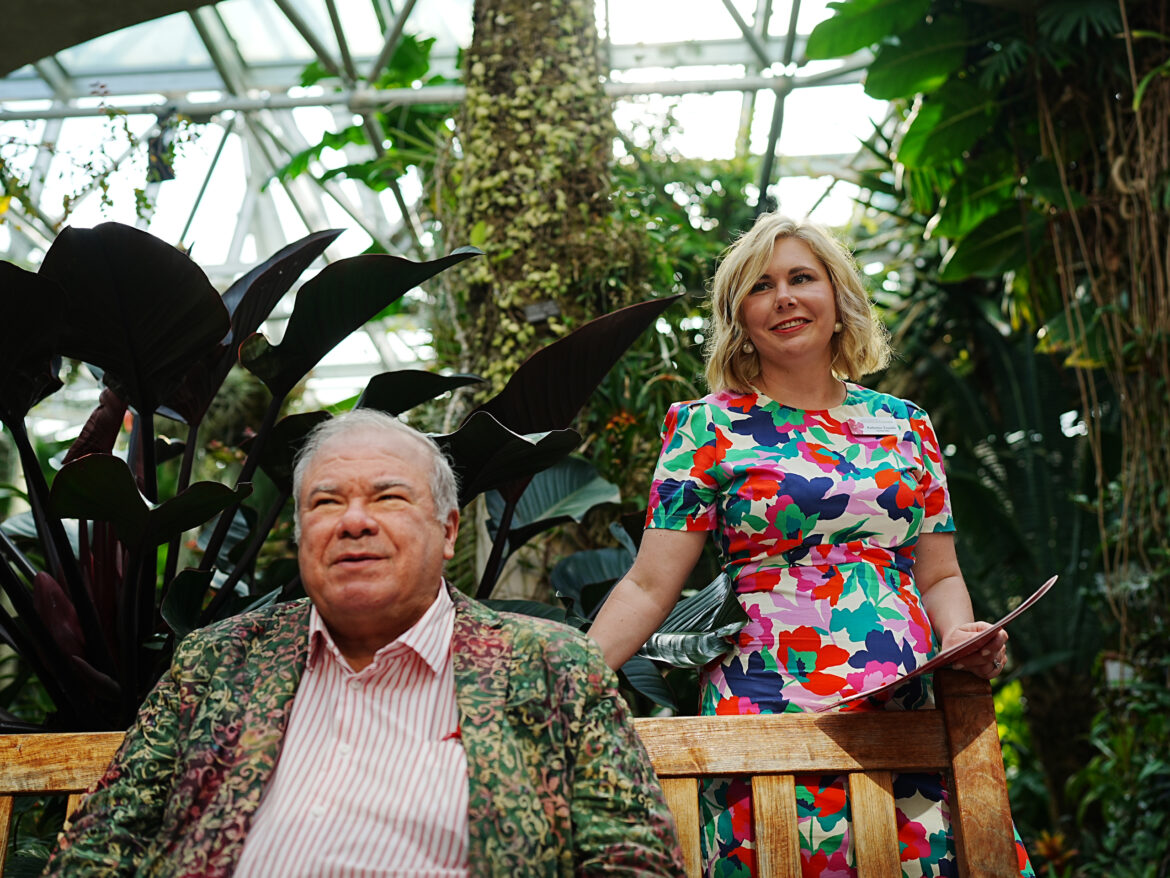As Bexar County wrestles with drought, the San Antonio Botanical Garden chooses not to use an irrigation system for its 39 acres.
Instead, staff waters the plants in the garden by hand.
“It’s very important that we as a community are making every effort to preserve our water,” said Katherine Trumble, the garden’s president and CEO. “And that includes, how do you experience beauty? How do you create beauty in harmony with nature in a responsible way?”
On the latest episode of bigcitysmalltown, Trumble explains how the garden showcases the answer to those questions with its water saver community garden, a teaching garden dedicated to explaining water retention and water-wise planting to visitors.
Opening in 1980, the garden is celebrating its 45th anniversary this year. In January, the tourist landmark shared its ten-year plan, aiming to become a statewide leader in plant conservation and access.
 The San Antonio Botanical Garden announced their Master Plan focused on revitalizing the Garden’s horticultural campus with new educational and immersive spaces. Credit: Courtesy / San Antonio Botanical Garden
The San Antonio Botanical Garden announced their Master Plan focused on revitalizing the Garden’s horticultural campus with new educational and immersive spaces. Credit: Courtesy / San Antonio Botanical Garden
The garden plans to open the Napier Family Orchid Pavilion in 2026 — making the garden a leader in conservation by featuring more than 600 varieties of orchids. It will be the state’s first accredited orchid collection focused on conserving and showcasing orchids native to Texas.
Trumble estimates it will cost between $65 million to $75 million to carry out the ten-year plan. The decade-long project will expand conservation efforts from the garden, like planting new trees native to Texas in areas affected by natural disasters, such as the Guadalupe River Valley that experienced flooding in July.
“We are blessed with these incredibly beautiful and diverse landscapes, many of which we showcase here at the garden throughout Texas native trails,” Trumble said.
Beyond being an attraction for tourists, the garden serves as a community resource with its nearly 1,000 programs a year.
The San Antonio Botanical Garden offers school tours, serving around 31,000 students a year. It also provides lectures and culinary programs dedicated to teaching guests about the relationships between nature and our food.
The garden’s commitment to community is what makes it unique to San Antonio, Trumble said.
“The garden is a place where people can come refresh their soul,” she added. “Sometimes it can be a place of quiet reflection when your heart is hurting about something. The garden can be whatever the community needs in that moment.”


Comments are closed.